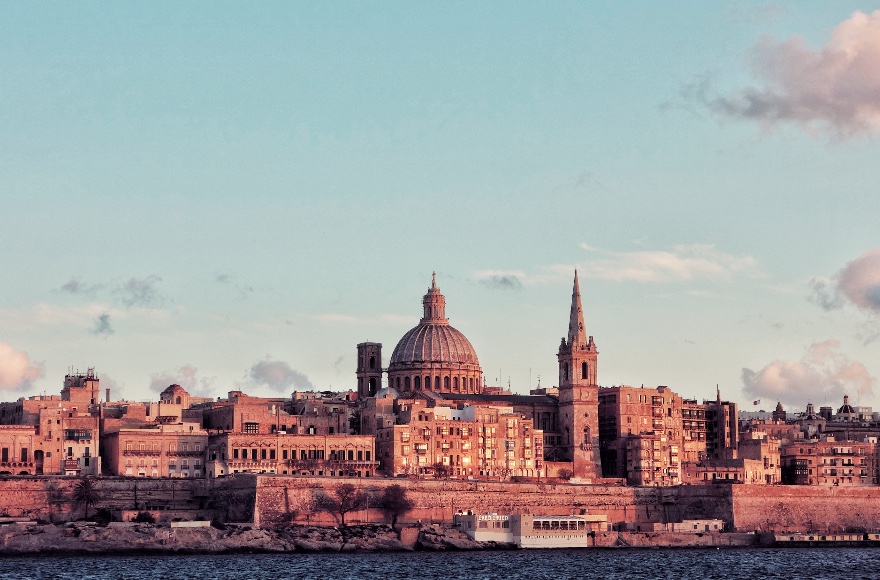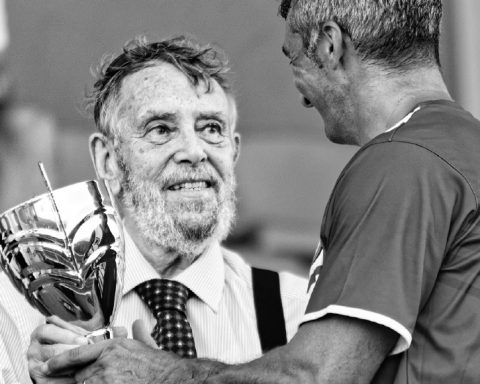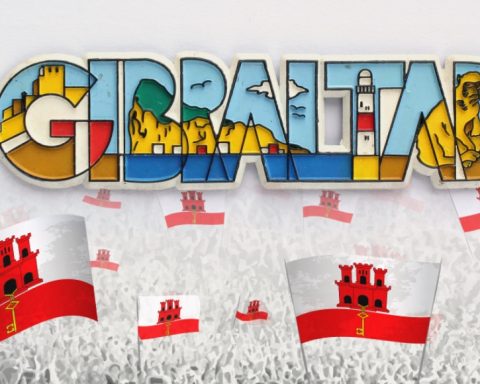Gibraltar has long had close links with Malta and a Maltese community has existed in Gibraltar since shortly after the British conquest in 1704. Nowadays, over a third of Gibraltarians have Maltese roots going back to the days of Maltese migration in the last half of the 19th century and early 20th century. A proportion of Maltese surnames can be found in Gibraltar today, with many notable Gibraltarians being of Maltese descent. Another similarity is that Malta is known by locals as ‘The Rock’, due to the fact that everything is carved in stone and the golden hue of limestone is evident everywhere on buildings, churches and city walls throughout the islands.
Malta is comprised of seven tiny islets with only the two largest islands, Malta and Gozo, being inhabited, while the third biggest, Comino, is a bird sanctuary and a nature reserve. It has been suggested by geographers through the ages that the Maltese Islands were not only part of one whole land mass, but that they also used to be connected to what is known as modern day Sicily through a land bridge, now 330-feet below sea level.
Malta, 27 kilometres (17 mi) long and 14.5 kilometres (9 mi) wide and home to half a million people, has been shaped by many different cultures over the years. There are suggestions that teeth discovered in Għar Dalam (‘Cave of Darkness’) complex in 1917 may prove Neanderthals once roamed the island, as they did in Gibraltar, but the island was definitely invaded by Phoenicians, Romans, Greeks, Arabs, Normans, Sicilians, the British and others over a long and difficult history.
During a four day trip to Malta our first stop was the capital Valletta, a fortified city located on a hilly peninsula between two of the finest natural harbours in the Mediterranean which has an intriguing history that spans for centuries. The Knights of Malta built Valletta in the 16th century following the Great Siege of Malta of 1565. Its name derives from Grand Master Jean Parisot de Valette, whose vision went beyond fortification and who wanted it to become a grand European centre of culture and commerce. We started our visit at the beautiful and impressive St John’s Co-Cathedral dedicated to Saint John the Baptist built between 1573 and 1578, taking over from the Church of St Lawrence in Vittoriosa as the place where the Knights would gather for communal worship. The interior was revamped in the 17th century in ornate high Baroque style by Mattia Preti and other artists. Make sure to step into the Oratory to see the huge painting ‘The Beheading of St. John the Baptist’ by Caravaggio, which is the painter’s only signed work. If you want to visit the Cathedral a good tip is to book online to go straight into the building and avoid long entrance queues. After coffees and patizzis (traditional phyllo-like pastries filled with ricotta or peas) at Caffe Cordina, located in an old palazzo on Republic Street and worth a visit just for the beautiful interior, we took a sightseeing train ride around the streets which was a really good way to explore the area. Our last stop in Valletta was to the Lascaris War Rooms, buried deep underneath the Upper Barracca Gardens. They consist of an underground complex of tunnels and chambers that housed the War Headquarters from where the defence of Malta was conducted during the Second World War.
Day two took us to Vittoriosa (Birgu), Senglea and Cospicua, known as the Three Cities of Malta. Again a fun train trip enabled us to get an overview and was a really good way to see the cities without too much walking whilst giving us some unbeatable views across the Grand Harbour towards Valletta. As the first home to the Knights of St. John, the Three Cities’ palaces, churches, forts and bastions are far older than Valletta’s. We strolled through the narrow alleyways and admired the classic architecture then stopped for a mid-morning snack at one of the many cafes along the marina waterfront.
On our third day we took a ferry from Ċirkewwa, the northernmost point of the island, to Gozo. The trip takes around 25 minutes and ferries run up to 74 times every day of the week. There is also a fast ferry service that takes roughly 45 minutes from Valletta. On arrival at Ċirkewwa harbour we followed the signs to where the cars queue, and if you are a foot passenger you can board the ferry immediately via the terminal. You do not need to buy a ticket on your trip to Gozo from Malta, as tickets are bought on your way back to Malta from the Mgarr terminal in Gozo. A ticket booth is allocated just before the car queue to the boat. Gozo is the quieter sister to Malta, with around 40,000 inhabitants. After heading to capital city Victoria, or Rabat as it is called by the locals, we went up to the Cittadella Visitors Centre. It’s worth getting the combination ticket that includes the visitors centre and four other museums. The Citadel was originally planned and built to provide shelter for all the inhabitants of the island during the age of coastal piracy. The views from the walls of the fortifications are spectacular and you can walk around the full perimeter.
On our way back to the ferry we stopped off at Ġgantija Temples, a megalithic temple complex from the Neolithic era preceding Stonehenge and the Egyptian pyramids, one of three UNESCO World Heritage sites on Gozo. The temples are officially recognised by UNESCO as the oldest freestanding buildings in the world and more information can be found in the small museum before you enter the site.
Our final day took us to the medieval city of Mdina, once the capital of Malta, built on a flat plateau with wonderful views from the fortifications, especially when we stopped for lunch at the popular Fontanella Tea Garden and sat on the top terrace. This restaurant is so popular people queue to be seated, but don’t let that put you off, you will always get a table if you don’t mind a short wait!
From Mdina we walked to the town of Rabat and visited St. Paul’s catacombs representing Christian, Muslim, Pagan, and Jewish burials side-by-side with no visible separation. These subterranean burial grounds are worth a visit but be aware that access is steep with lots of stairs, narrow passageways and low ceilings.
There is, of course, a lot more to experience in Malta, from the nightlife culture in St. Julian’s and Sliema, to the resort areas built around harbours. Malta’s coastline is mostly rocky but the water is an amazing turquoise colour, especially in the Blue Lagoon on Comino Island, and there is plenty of opportunity for swimming, snorkelling, diving, and boat trips. Enjoy Malta… we did!









